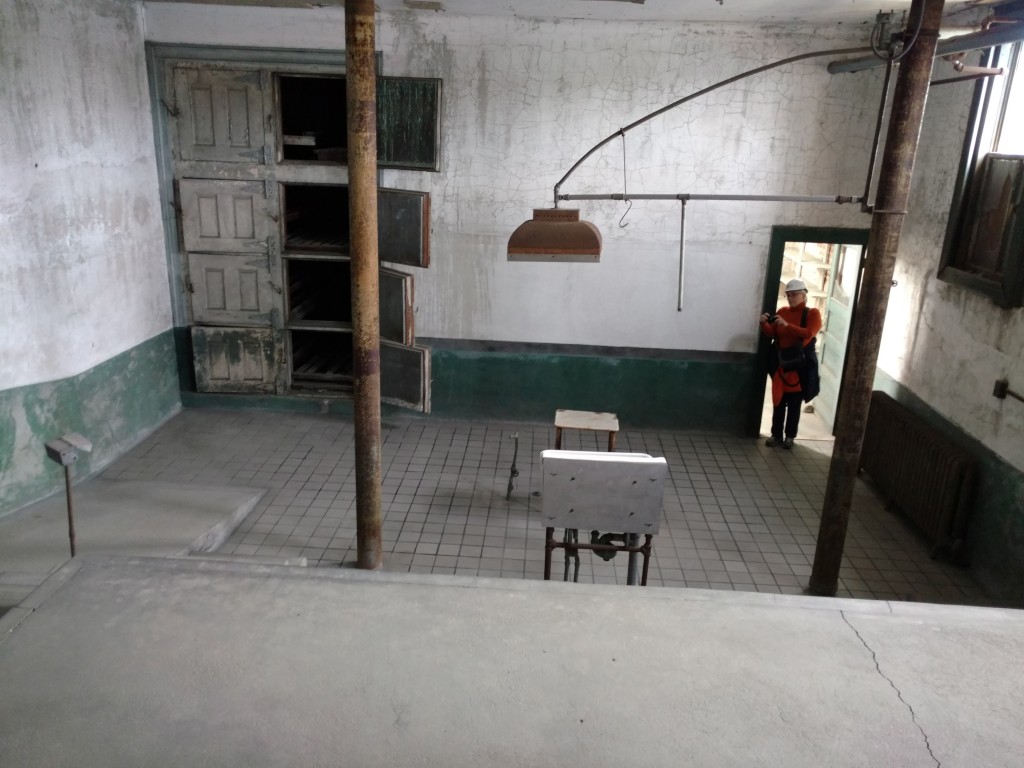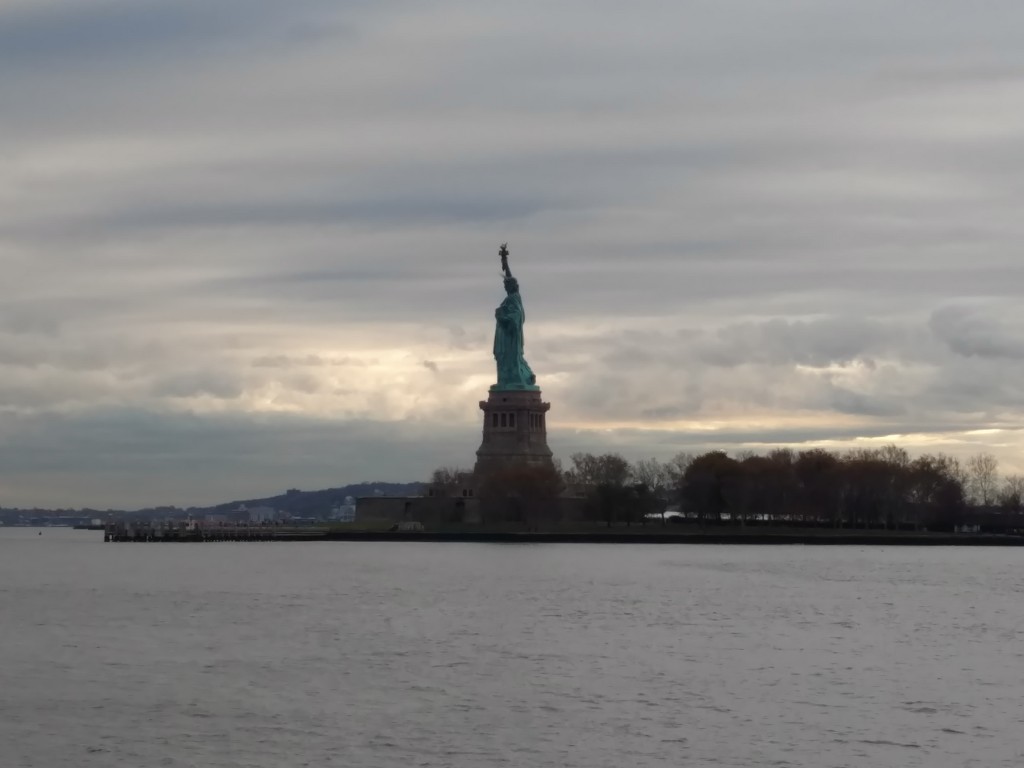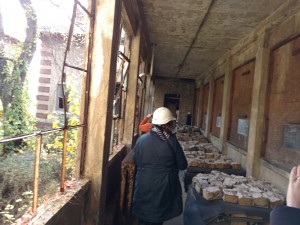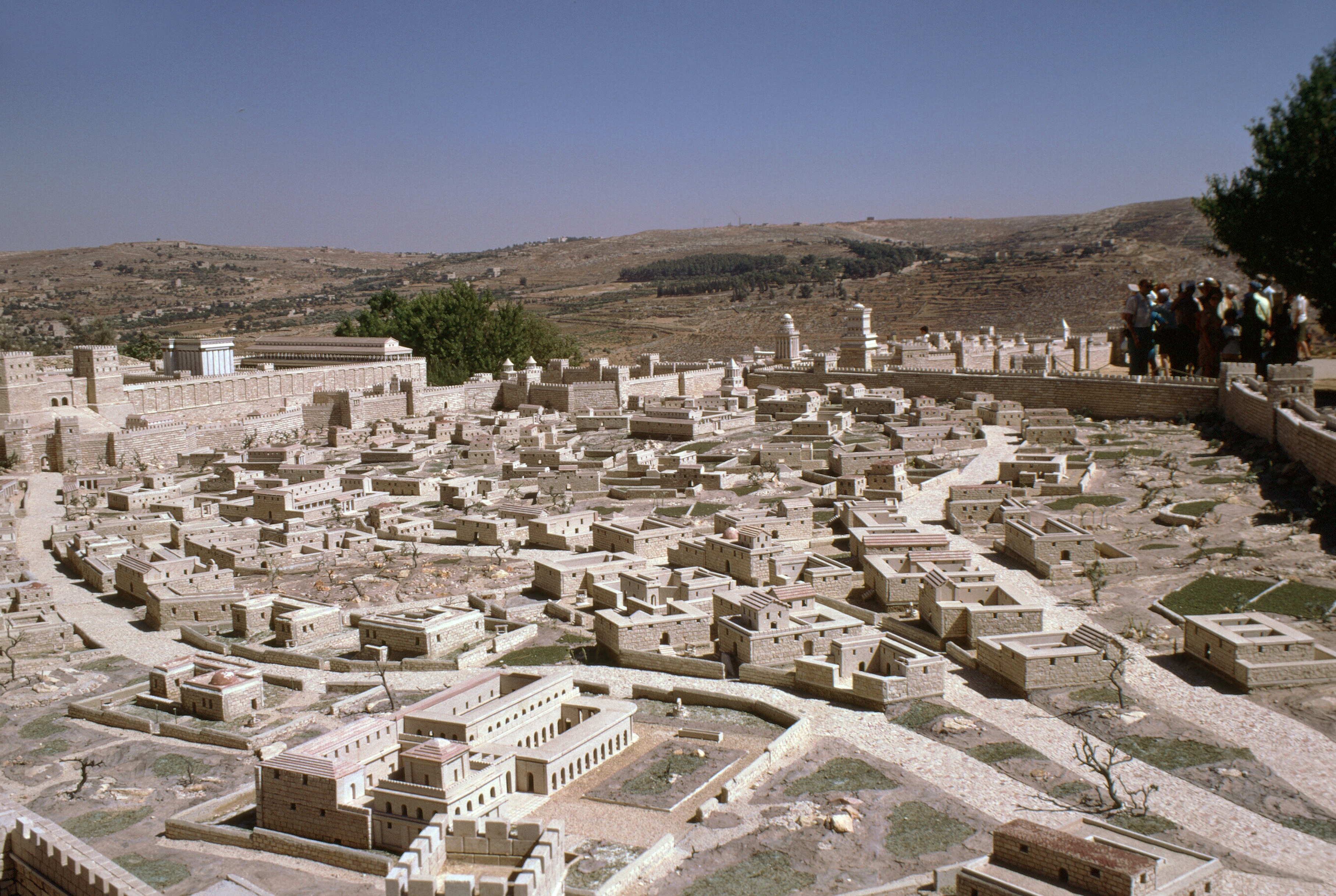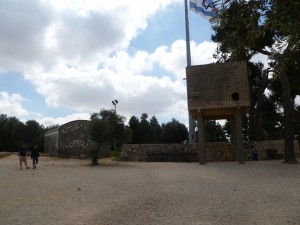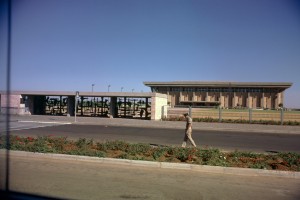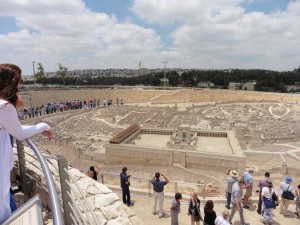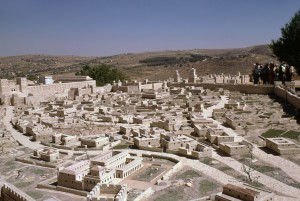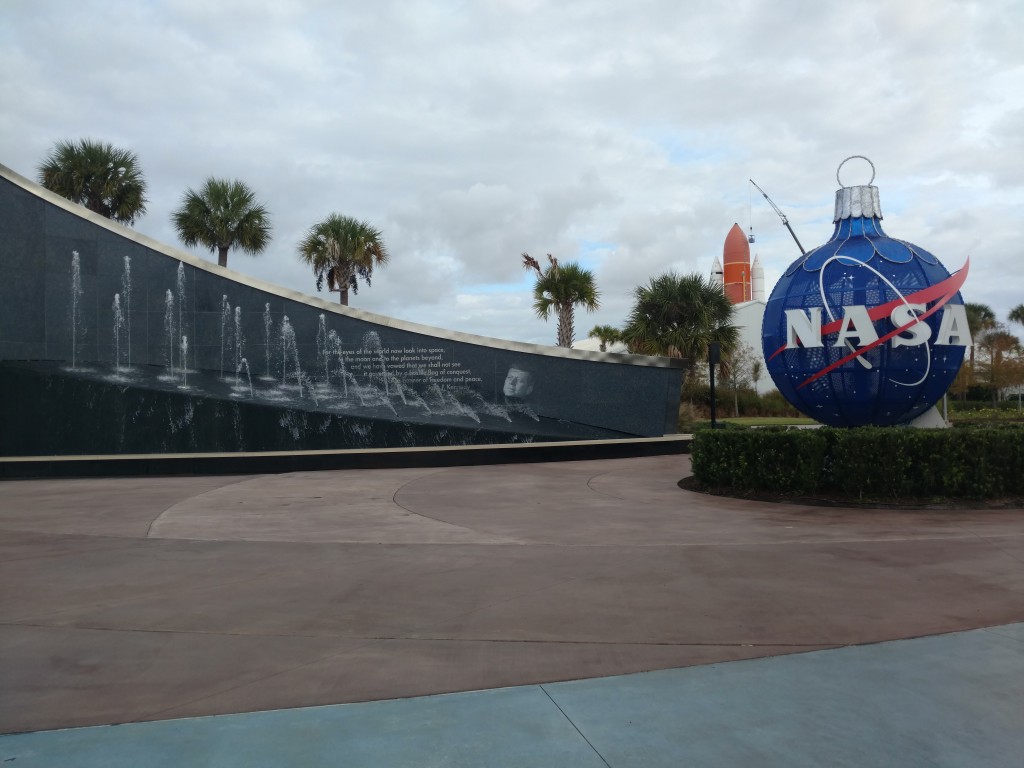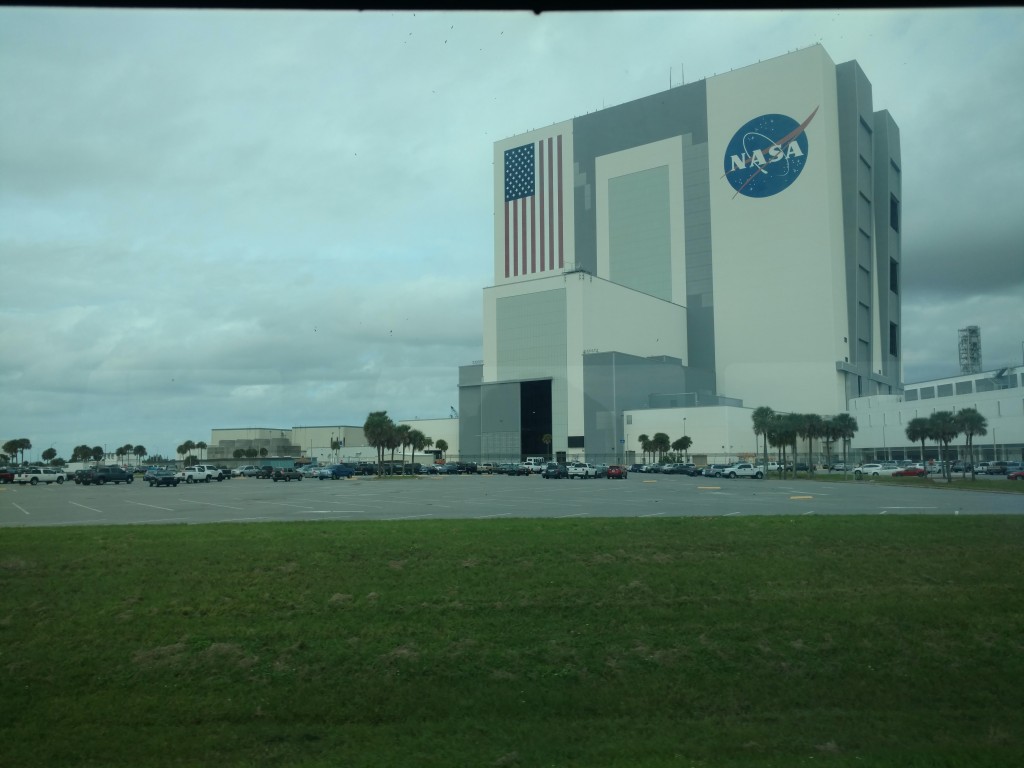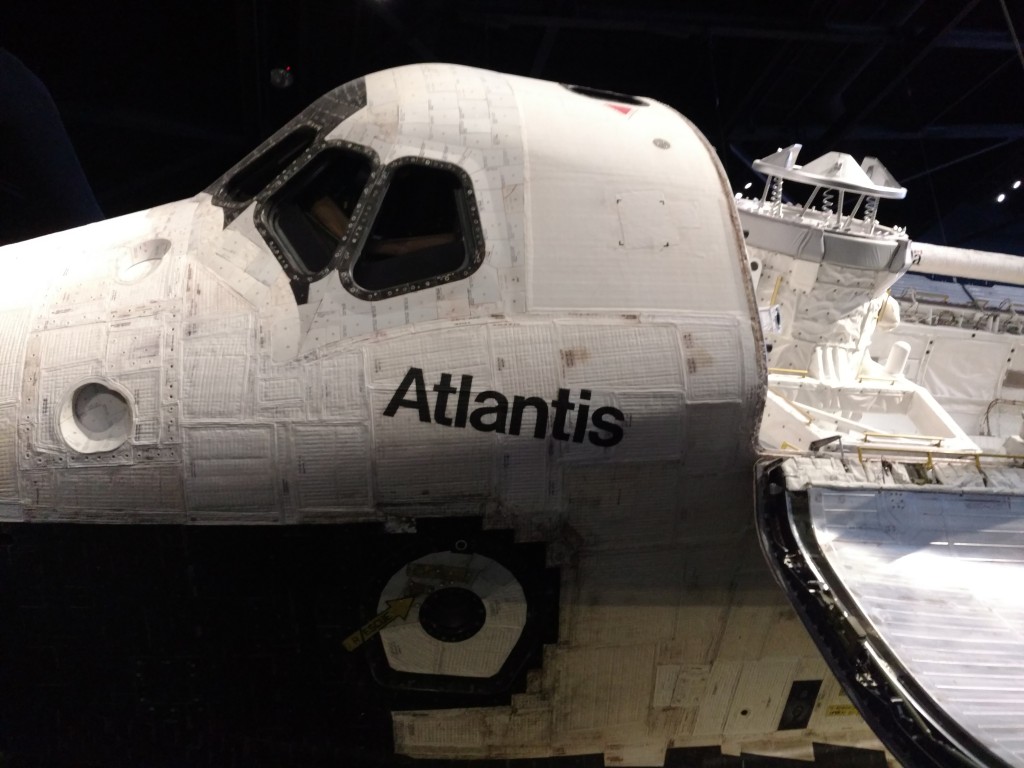“Your tour guide will take you to select areas of the 750-bed Ellis Island Hospital, including infectious and contagious disease wards, kitchen and the mortuary and autopsy room. At its peak of operation in the early 20th century, this was the largest Public Health Service facility in the United States. Following in the footsteps of the dedicated doctors and nurses of years gone by, you will learn the fascinating history of the hospital and its role in preserving public health. You’ll also visit the Laundry Building, with much of its original equipment still in place, where over 3000 pieces of laundry were washed and sanitized daily.”
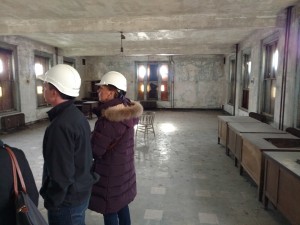
Most people do not realize that Ellis Island had a hospital, or the controversial nature of it. From 1902 to 1930, the hospital treated immigrants who were identified with a health deficiency of some kind. One in five immigrants who passed through Ellis Island were identified as having an issue, and nine out of ten of those were eventually cured and allowed to enter the United States.
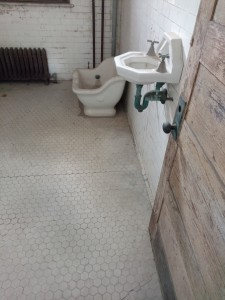
It was an amazing concept then, as it would be today. It was one of the largest public health hospitals in U.S. history. It was designed based on the philosophies of the time, with isolated wards to keep disease from spreading, large windows and other natural methods of circulating air, a mattress sterilizer, and a dedicated laundry for hospital linens.
By the thirties, advances in technology, including air circulation systems, made the hospital increasingly obsolete. It was receiving little upgrades or equipment. Ultimately, the hospital was closed and was used as a military psychiatric hospital during its later years.
In the end, on November 12, 1954, 61 years(less one day) to the day I stopped by, the hospital closed for the last time. There was no removal of fixtures or supplies. The fixtures were so antiquated, the employees simply left everything where it was…where it remained…ready for the next day that never came. Over the next few decades, the island was looted and vandalized, until it was reopened as a museum.
